- Home
- Articles
- Architectural Portfolio
- Architectral Presentation
- Inspirational Stories
- Architecture News
- Visualization
- BIM Industry
- Facade Design
- Parametric Design
- Career
- Landscape Architecture
- Construction
- Artificial Intelligence
- Sketching
- Design Softwares
- Diagrams
- Writing
- Architectural Tips
- Sustainability
- Courses
- Concept
- Technology
- History & Heritage
- Future of Architecture
- Guides & How-To
- Art & Culture
- Projects
- Interior Design
- Competitions
- Jobs
- Store
- Tools
- More
- Home
- Articles
- Architectural Portfolio
- Architectral Presentation
- Inspirational Stories
- Architecture News
- Visualization
- BIM Industry
- Facade Design
- Parametric Design
- Career
- Landscape Architecture
- Construction
- Artificial Intelligence
- Sketching
- Design Softwares
- Diagrams
- Writing
- Architectural Tips
- Sustainability
- Courses
- Concept
- Technology
- History & Heritage
- Future of Architecture
- Guides & How-To
- Art & Culture
- Projects
- Interior Design
- Competitions
- Jobs
- Store
- Tools
- More
Innovative and Sustainable Facade Materials: Modern Trends in Architecture

When we think of iconic buildings, the first thing that often comes to mind is their stunning façades. From the awe-inspiring Parthenon to the eye-catching designs of modern architects, façades shape our impressions and memories of structures. Today, the quest for iconic status in façade design is more vibrant than ever, driven by the need to blend aesthetics with practicality.
Innovative materials like ETFE are revolutionizing how we approach façade design, offering both visual appeal and high technological performance. As we embrace these advancements, we’re not just creating beautiful buildings; we’re also making strides in sustainability. Projects like the High Line in New York City and the Eden Project in Cornwall showcase how thoughtful design can breathe new life into forgotten spaces, marrying nature with urban functionality.
In this article, we’ll explore current trends in façade materials that are setting new standards in innovation, sustainability, and modern design.

Table of Contents
ToggleEmerging Trends in Sustainable Facade Materials
Biophilic and Eco-Friendly Designs
Biophilic and eco-friendly designs integrate nature with built environments. Green walls and vertical gardens on facades reduce a building’s carbon footprint and improve air quality. These installations, such as those seen on Bosco Verticale in Milan, emphasize the importance of reconnecting urban spaces with nature. Eco-friendly cladding materials like Stonelam porcelain slabs minimize environmental impact while maintaining aesthetic appeal. Using these materials turns urban areas into visually striking and more sustainable environments.
Smart and Responsive Facades
Smart and responsive facades utilize advanced technologies to create adaptive building exteriors. These systems respond to environmental conditions, optimizing energy efficiency and user comfort. For instance, dynamic facades with adjustable shading mechanisms reduce solar heat gain, contributing to lower energy consumption. The Al Bahr Towers in Abu Dhabi showcase this trend by incorporating a responsive shading system that adjusts based on the sun’s position. By leveraging such technologies, we can create facades that not only enhance building aesthetics but also improve sustainability and functionality.
Innovations in Facade Technology
Energy-Efficient Materials and Systems
Energy-efficient facade materials and systems are at the forefront of sustainable architecture. These innovations reduce energy consumption and operational costs. Examples include insulated metal panels, which enhance thermal performance, and high-performance glazing systems with low-emissivity coatings, which minimize heat transfer. One notable advancement is Photovoltaic (PV) cladding. PV cladding integrates solar panels into the building’s exterior, generating electricity and reducing reliance on traditional power sources.
Dynamic and Kinetic Facades
Dynamic and kinetic facades are revolutionizing modern architecture. These facades use movable elements like louvers and panels to respond to environmental conditions. For instance, kinetic facades adjust to sunlight and wind to optimize natural light and ventilation. Noteworthy examples are the Al Bahar Towers in Abu Dhabi, which feature a responsive facade that reduces solar gain and improves energy efficiency. Integrating vegetation elements into kinetic systems can further enhance sustainability, creating living facades that contribute to urban ecology.

Integration of Sustainable Practices
Carbon Neutrality in Modern Architecture
Modern architecture aims for carbon neutrality by minimizing carbon emissions during construction and throughout a building’s lifecycle. Architects use sustainable materials like recycled steel, reclaimed wood, and low-carbon concrete to reduce the carbon footprint of projects. For instance, recycled steel requires 75% less energy to produce than new steel, making it a highly efficient material. Additionally, using renewable energy sources such as solar panels and wind turbines helps buildings achieve Net Zero Energy status.
Adapting Reuse and Renovation for Sustainability
Architects focus on adaptive reuse and renovation to create sustainable spaces while preserving historical elements. This approach reduces construction waste and minimizes resource consumption. Transformative projects breathe new life into old structures, ensuring that they meet modern needs without sacrificing cultural heritage. For example, the adaptive reuse of industrial buildings into residential lofts or cultural centers blends functionality with historical preservation, proving that sustainable practices and innovative design can coexist. This method not only saves resources but also brings an existing structure back to its former glory and enhances its value in the contemporary context.

Aesthetic and Functional Enhancements
Incorporating Art and Culture into Facade Design
Integrating art and cultural elements into façade design creates buildings that resonate with their surroundings and communities. Local materials and motifs (e.g., indigenous carvings or culturally significant patterns) demonstrate cultural relevance. The Markthal in Rotterdam stands as a prime example, featuring a massive mural that reflects Dutch agricultural heritage. Artful facades transform urban landscapes, imbuing them with stories and significance.
Biophilic Design’s Role
Biophilic design emphasizes the connection between nature and architecture to foster wellbeing and sustainability. Utilizing elements like natural light and greenery, these facades (e.g., Bosco Verticale in Milan) enhance mental calm and productivity. Biophilic facades contribute to healthier environments by incorporating living walls and extensive natural elements that improve air quality and aesthetic appeal.
Smart and Responsive Facades
Smart facades leverage technology to enhance energy efficiency and user comfort. They integrate sensors and data analytics to adjust based on environmental conditions. The Edge in Amsterdam exemplifies this approach, utilizing smart sensors to optimize energy use. These facades reduce energy consumption and increase occupant comfort by dynamically adjusting shading and ventilation.

Dynamic and Kinetic Façade Systems
Dynamic facades feature movable elements responding to environmental changes. Noteworthy structures like the Al Bahr Towers in Abu Dhabi possess geometrically intricate exteriors that adjust with the sun’s position, reducing solar gain by nearly 50%. Such systems improve buildings’ sustainability and transform their aesthetics by creating interactive, living surfaces.
Materials Combining Aesthetics and Functionality
Innovative materials that balance aesthetics and functionality dominate modern façade designs. Insulated glass, aluminum composite panels, and terracotta enhance insulation while providing a sleek look. For example, high-performance glazing uses low-emissivity coatings to manage heat transfer effectively. These materials ensure buildings are visually appealing and meet energy efficiency standards. Sustainable choices like recycled steel and fiber cement support eco-friendly architectural practices, paving the way for greener urban environments.

Conclusion
Facade materials have evolved significantly, focusing on innovation, modern aesthetics, and sustainability. Advanced materials like ETFE and high-performance glazing illustrate how technology can enhance both functionality and visual appeal.
ETFE, known for its lightweight and durability properties, offers a sustainable alternative to traditional materials. Projects like the High Line in New York and the Eden Project in the UK showcase how ETFE can transform urban spaces into green havens.
Biophilic and eco-friendly designs are gaining traction. By integrating plants and natural elements, facades like Bosco Verticale in Milan improve air quality and enhance resident wellbeing.
Smart facades featuring cutting-edge technology are another noteworthy trend. Buildings like Al Bahr Towers in Abu Dhabi use responsive elements to optimize energy efficiency and comfort. The Edge in Amsterdam sets an example with its intelligent systems that adjust to environmental changes.
Innovative materials and technologies play a pivotal role in dynamic and kinetic facades. These systems respond to external stimuli, improving sustainability while adding a modern touch. Examples like mechanized louvers and adaptive glass enhance both energy efficiency and aesthetics.
Parametric design merges art with technology, creating structures with unique visual identities. The Guggenheim Museum by Frank Gehry exemplifies how artistic ingenuity can meet structural efficiency. Titanium facades not only look stunning but also offer resilience and longevity.
Nanotechnology’s introduction into facade materials is a groundbreaking advancement. It improves thermal insulation and helps in creating energy-efficient buildings. This technology aligns with the industry’s push towards greener and more sustainable practices.
Incorporating cultural and artistic elements in facade design enriches the local environment. Using indigenous materials and motifs makes buildings culturally relevant and aesthetically pleasing. Such designs tell stories and preserve heritage while integrating modern architectural practices.
The trend towards incorporating nature through biophilic design and dynamic, responsive facades represents the future of sustainable and innovative architecture. As we continue to explore these advancements, the potential for creating green, efficient, and visually striking buildings grows, paving the way for a more sustainable urban landscape.
Submit your architectural projects
Follow these steps for submission your project. Submission FormLatest Posts
What are Biodomes?
Biodomes are transforming architecture by blending ecological science with advanced design to...
The Quiet Revolution of Biophilic Design
Biophilic design is reshaping homes, workplaces, and cities—backed by evidence. Learn core...
Sustainable Solutions in Contemporary Architecture: From Passive Design to Clean Energy
Sustainable solutions in contemporary architecture: a practical playbook to hit net-zero, cut...
8 Trends in Dynamic Facade Design You Need to Know
Dynamic façades are transforming contemporary architecture by adapting building envelopes to environmental...




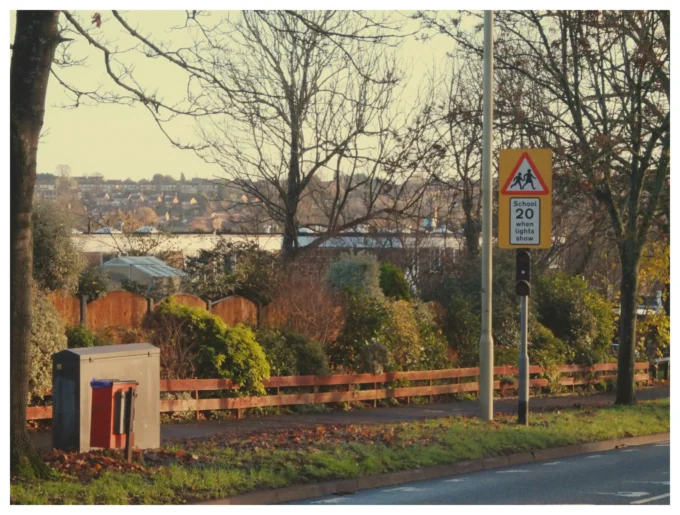
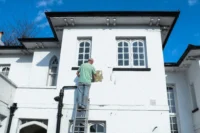


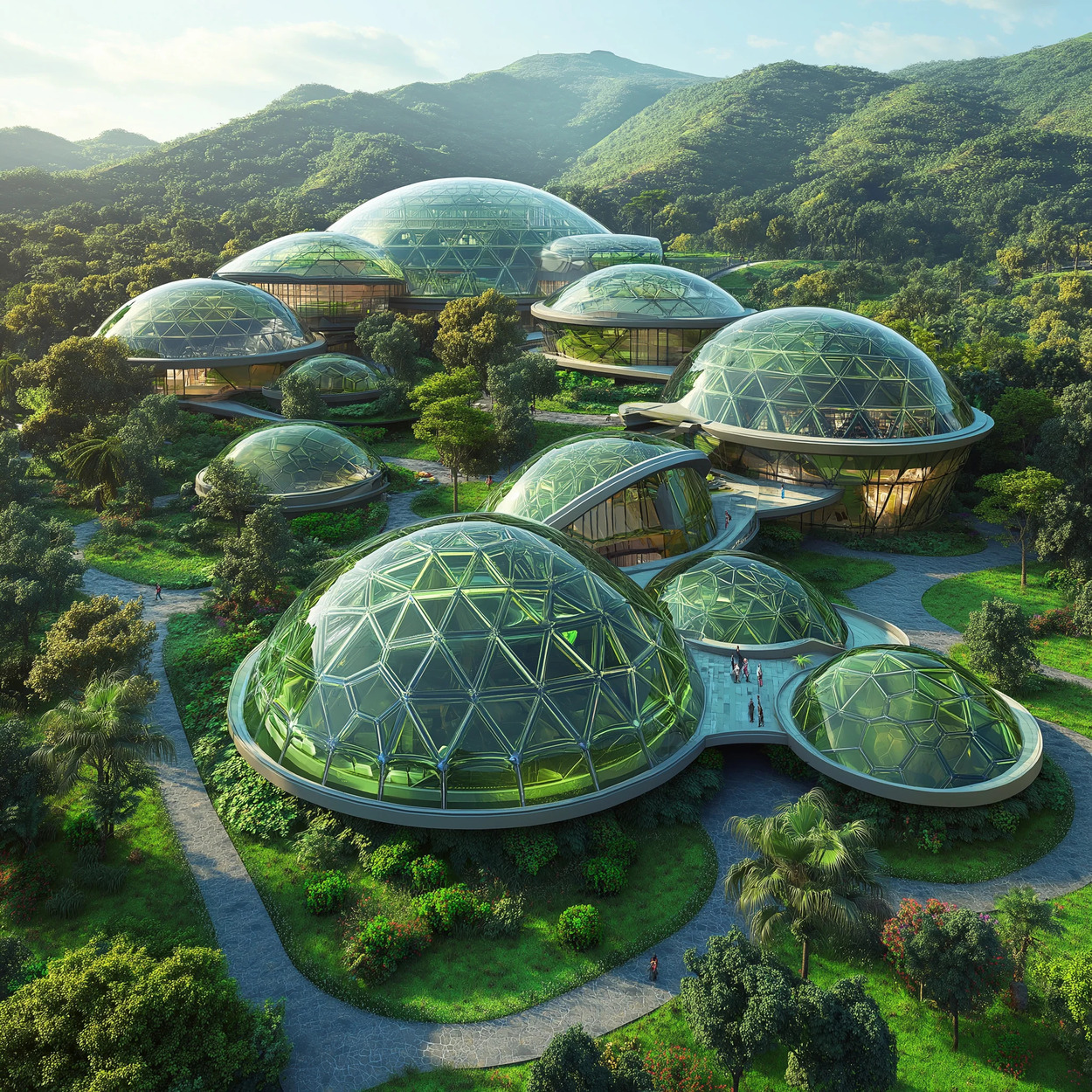
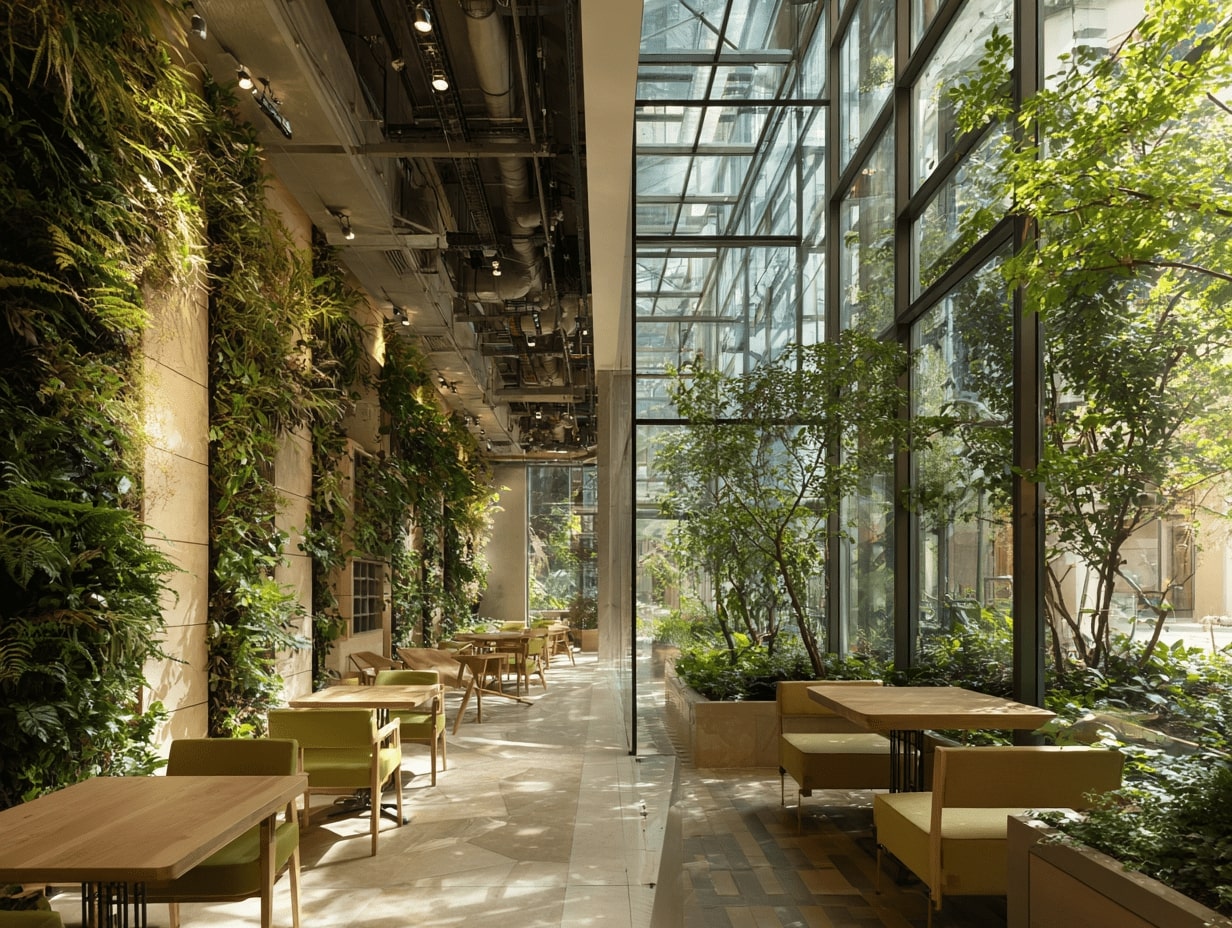
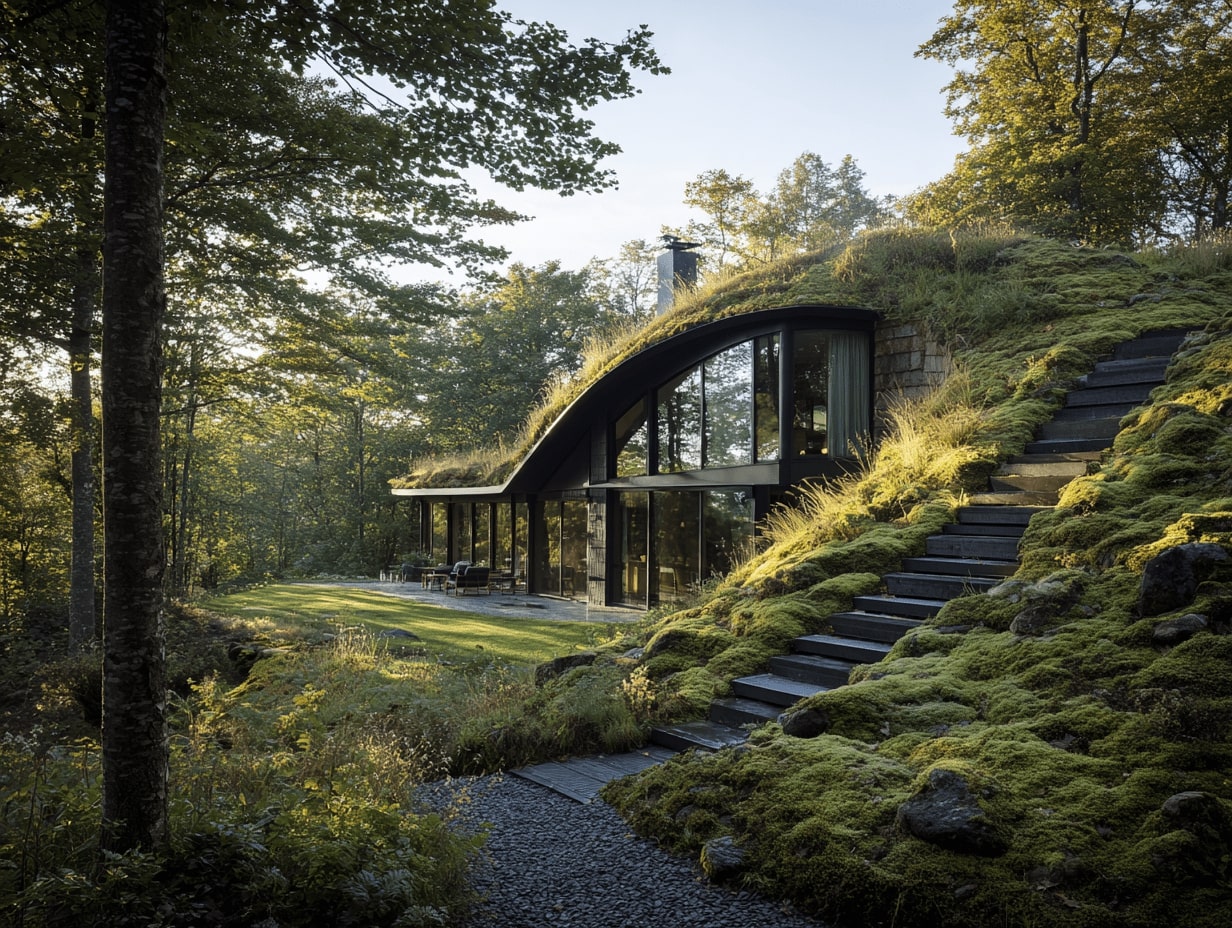
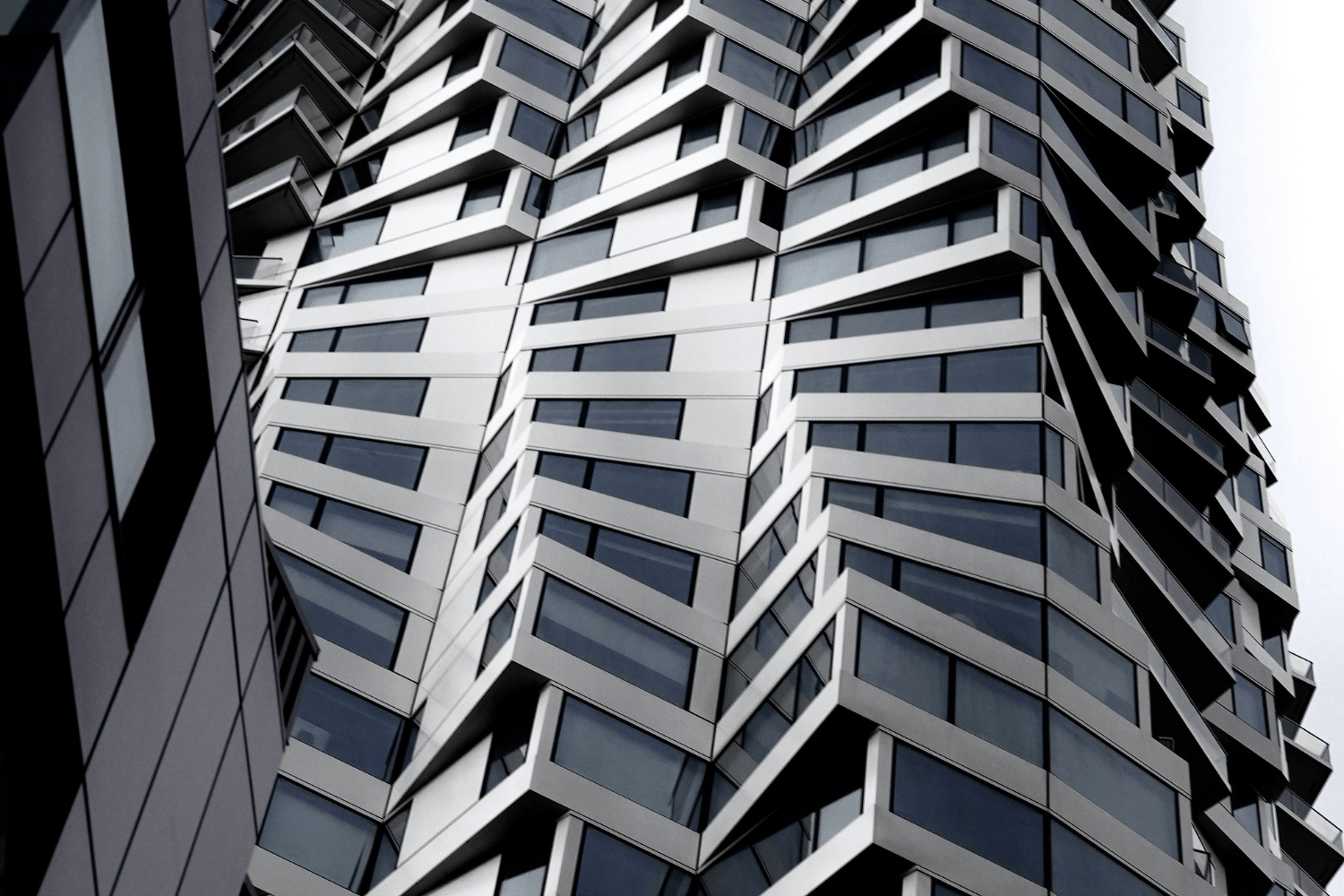
Leave a comment